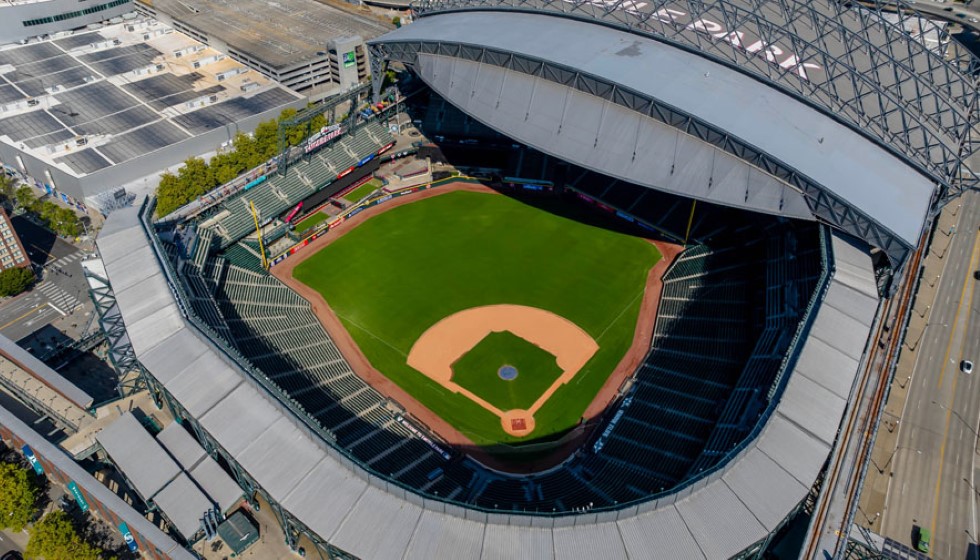
The baseball landscape continues to evolve as the 2025 season looms, marked by significant player movements and strategic shifts. Several key developments are setting the stage for what promises to be an exciting year in Major League Baseball.
Offseason Movements and Contract Dynamics
This offseason has been a flurry of activity, with seven out of the top ten and 25 of the top 50 free agents securing new deals, reshaping the competitive balance across the league. Among these moves, Nolan Arenado's situation stands out. Despite the Cardinals owing him $64 million over the next three years, Arenado blocked a trade during the offseason. Speculation is rife that he might shift to first base to facilitate a future deal, reflecting his strategic mindset amid the Cardinals' organizational reset.
The Cardinals’ decision to reassess and reconfigure their strategy, entering what is colloquially known as a "reset" phase, highlights a crucial period of reevaluation for the club's front office. How they manage Arenado's potential transition and their overall roster composition remains to be seen.
Strategic Trades and Financial Implications
Trades over the past couple of years have significantly impacted team dynamics. The Corbin Burnes trade, which occurred on February 1 last year, and the Luis Arraez/Pablo López transaction two years prior, exemplify teams' efforts to optimize their rotations. Burnes's recent signing has already caused a reshuffling in expected rotations, further underscoring the dynamic nature of the league.
In terms of contractual commitments, Sonny Gray's two-year pact worth $65 million and Jordan Montgomery's player option pickup at $22.5 million for 2025 highlight the ongoing financial strategies to secure pivotal roster components. Meanwhile, Luis Castillo's $22.75 million-per-year commitment over the next three years ensures a cornerstone in his team's pitching rotation.
Financial Pressures and Arbitration Dynamics
The Padres find themselves at the upper echelons of financial commitment with their competitive balance tax payroll estimated to reach $248 million in 2025. This fiscal pressure comes at a poignant time following owner Peter Seidler's passing in late 2023, marking a transitional period for the organization.
Arbitration remains a critical process affecting many players, with figures like Luis Arraez and Dylan Cease each projected to earn around $14 million. This highlights the economic balancing act teams face as they strive to retain core talent while managing budget constraints.
Emerging Talent and Organizational Challenges
Young prospects like Brett Baty, a 25-year-old on the cusp of making a significant impact, provide hope for the future amid these financial and strategic machinations. His development will be crucial for any team looking to build with a focus on youth.
Challenges persist beyond the field as well, with the Twins navigating the fallout from the Diamond Sports Group's bankruptcy. These off-field issues demand astute management to maintain financial and operational stability.
Contract features such as Marcus Stroman's $18 million deal for 2025, without any trade restrictions, and Ryan Pressly's $14 million agreement coupled with a no-trade clause, further illustrate the nuanced negotiations that define player-team relationships.
Reflecting on Past Decisions
Reflecting on past decisions, a noteworthy comment came from Ken Kendrick, who boldly stated, "Biggest mistake this season from a talent standpoint." This remark underscores the high stakes and pressure faced by those in charge of assembling competitive rosters.
As the 2025 season approaches, these developments paint a vivid picture of a league in transition. The interplay of strategic trades, financial commitments, and emerging talent signals an intricate web of decision-making that will undoubtedly shape the upcoming baseball narrative. Whether it's maneuvering through contract complexities or capitalizing on youthful potential, teams must navigate these waters with strategic precision to achieve success in the ever-evolving world of Major League Baseball.